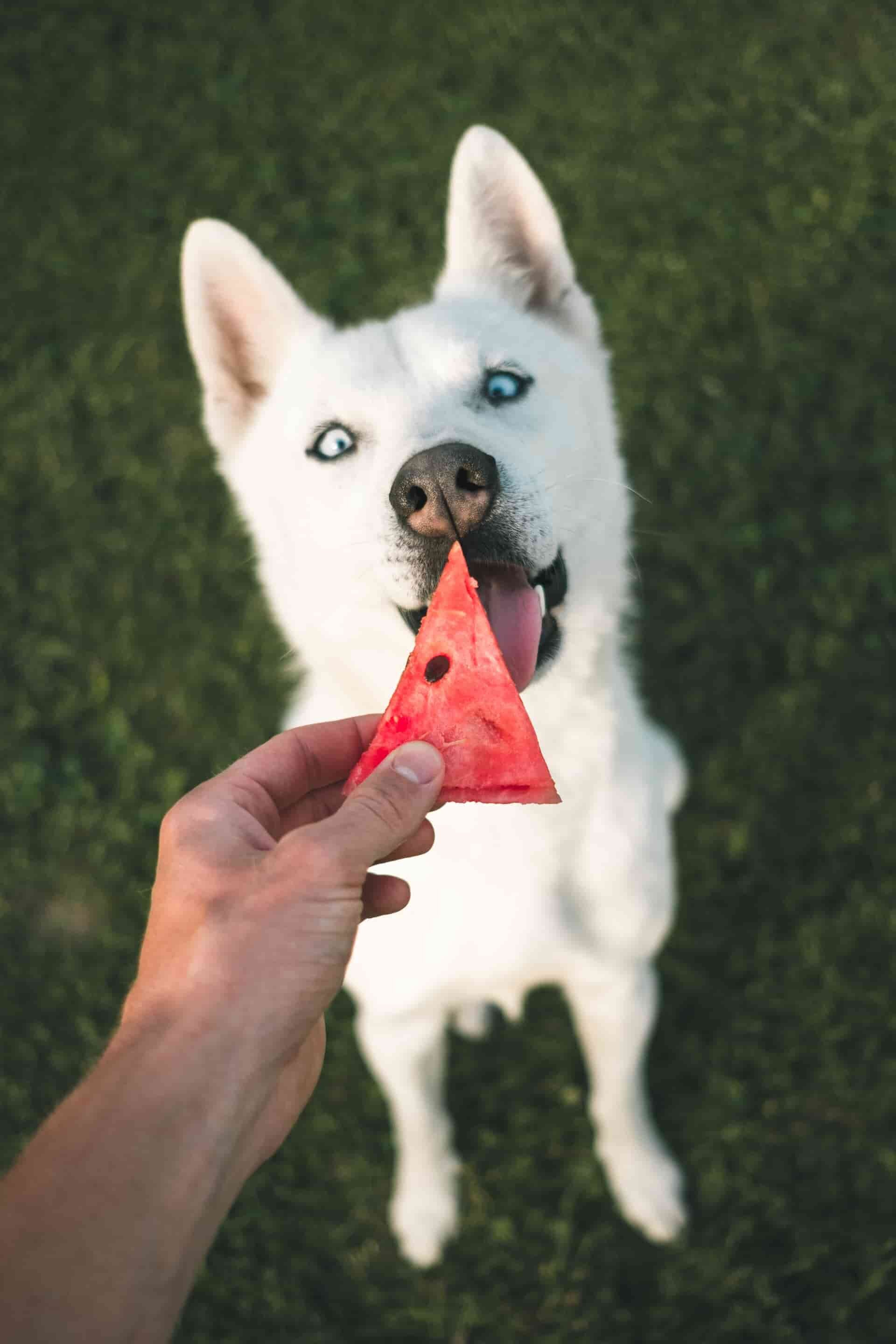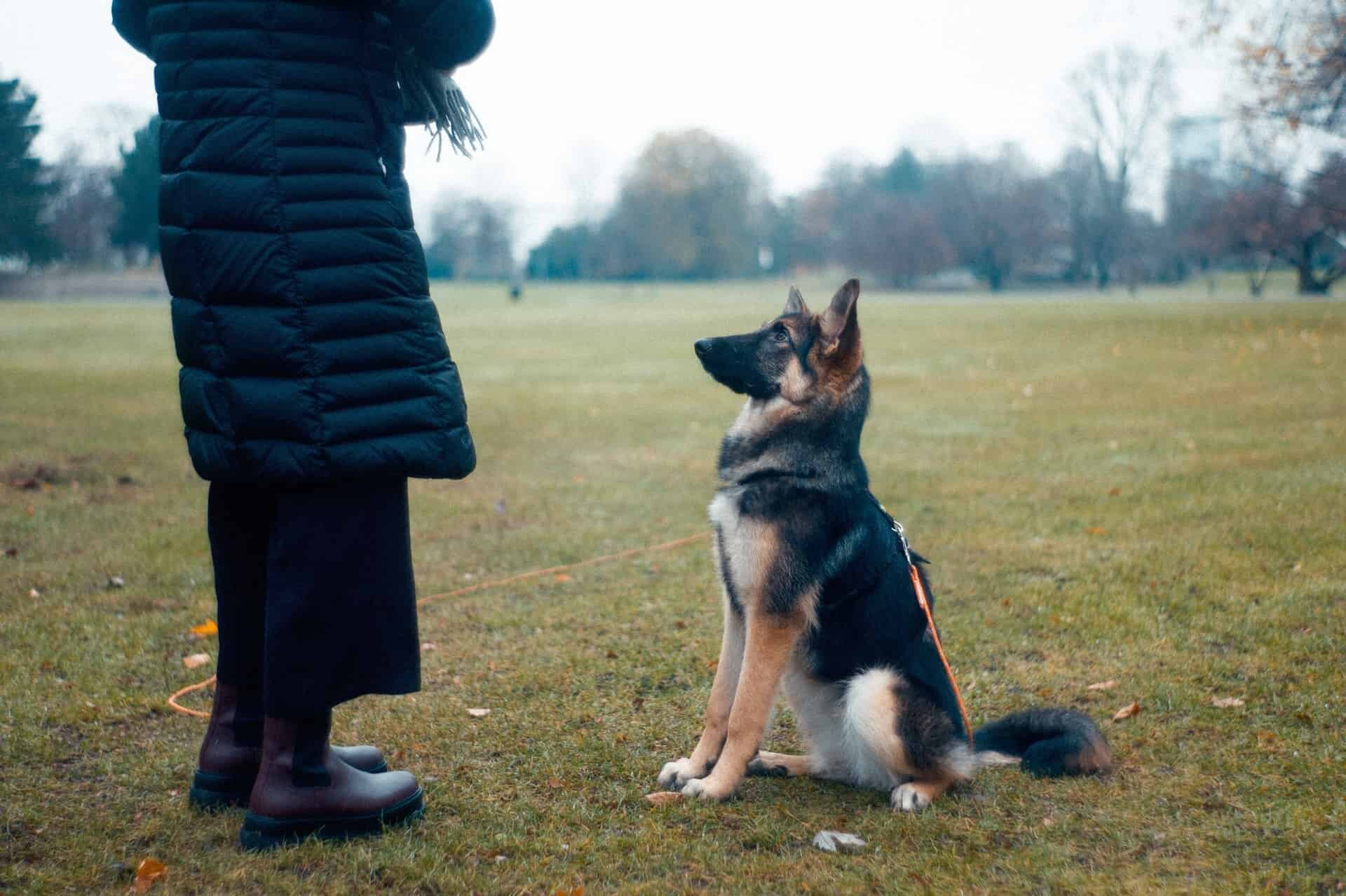Dogs are smart creatures, and it's a smarter move to begin their training from the get go. But what should you begin with? What’s the best way to train a wee pup?
There's lots of ways and options you can consider to train your dog. You could hire a private trainer, but to keep your pockets heavy and form a natural bond with your dog, we suggest training your pet yourself. Here's 7 simple tips on how to go about it.
Choose Your Dog's Name
The most rudimentary way to get your dog to listen to you is by naming them. And reinforcing the name such that they realise it's them you are calling for. A name represents a fresh start and dogs are very understandable.
Whatever you may name your dog, start by associating the name with pleasant and fun experiences. Call out their name to take them out for a walk, or for food time. It should be away from negative experiences initially to make them accustomed to the name.

Understand How Your Dog Learns
Dogs are a lot like little kids and do learn like them too. They are almost as intelligent as a 4-5 year old kid. All they are bothered about are immediate consequences. But as they grow they begin to understand our words, so much so that they can even respond to as many as 250 words!
Apart from all the words, dogs are also responsive to the tone of your voice along with just the words. To get your dog to be obedient, you should use both the words and tones associated with it, for your canine friend.
Decide on the House Rules
Before your furry buddy comes home, you should know and decide what they can and can't do. Should they be allowed on the furniture? Are they supposed to climb onto beds? Is the house off limits for them?
We all have a different set of how we want our pets to behave and act in the house. But one thing should be clear and that is to enforce and reiterate house rules, so that your dog knows what is right and what isn't.

Positive Reinforcement
The idea behind positive reinforcement is very straightforward. DDogs will repeat good behavior when it’s followed by a reward. Any mischievous act or bad behavior leads to acknowledgement. If there is a need to be stricter, you can take away their treats for sometime, or even take away their toy. However, a harsh reprimand or physical punishment is not necessary.
This training method begins with rewarding a desired behavior immediately, within seconds after it happens. That way, the dog comes to associate the behavior with the reward.
Control Consequences Effectively
While using the above mentioned training, you need to make sure that your dog understands that there are consequences for behaving in a way you don’t like. You can withhold their rewards, but you also need to make them understand what is the right thing to do.
For instance, if your dog likes to jump up to greet someone, it means they are happy and excited. But this could be dangerous for older people and little children too. Rather than just blatantly giving it off to your pet, inculcate a habit. Make sure your dog doesn’t repeat climbing onto you and when they learn not to, you can treat them.
Help Your Dog Relax
When you get your new pup home, you can give them a small hot water bottle near their sleeping area. This imitates the heat of their littermates and can help them soothe in their new environment.
Apart from a new pup, you should also not be too strenuous with training them. Give them the break they need and let them frolic. You should relax too, there are many ways to do so. You can add CBD in your life and enjoy CBD oil or smoke it through THC vape, to name a few.

End Training Sessions on a Positive Note
Your pup or your dog has worked really hard to please you and to connect with you. End their day with a hearty and playful time. Give them belly rubs, some extra treats and leave them a lot of praise. Take your dog out on walks too, because it's not only the dog, but you who needs to exercise regularly too.
What this does, is almost guarantee the next day of training to begin on a great note for your pet and y’all be ready for it all over.
Your puppy or dog has worked hard to please you throughout their training. Leave them with lots of praise, a treat, some petting or five minutes of play. This almost guarantees they’ll show up at their next class or training session with their tail wagging, ready to work!
Bonus tip: When your puppy is old enough, think about getting them neutered or spayed. The same goes if you adopt a dog. A neutered or spayed dog might be more docile, less aggressive and more open to successful training.
